 On Wednesday, U.S. president Joe Biden explained that the country’s central bank was dealing with a large share of the inflationary pressures the American economy is dealing with today. Biden welcomes the possibility of tightening monetary easing and noted that he “respects the Fed’s independence.” US President Joe Biden Says a ‘Critical Job in Making […]
On Wednesday, U.S. president Joe Biden explained that the country’s central bank was dealing with a large share of the inflationary pressures the American economy is dealing with today. Biden welcomes the possibility of tightening monetary easing and noted that he “respects the Fed’s independence.” US President Joe Biden Says a ‘Critical Job in Making […] America’s media, central bankers, and bureaucrats continue to debate the rising inflation in the U.S. that has raised the cost of living and increased the prices of goods and services nationwide. Senator Rand Paul, R-Ky., believes the inflation is “only going to get worse” and he published a report on the issue and blamed excessive […]
America’s media, central bankers, and bureaucrats continue to debate the rising inflation in the U.S. that has raised the cost of living and increased the prices of goods and services nationwide. Senator Rand Paul, R-Ky., believes the inflation is “only going to get worse” and he published a report on the issue and blamed excessive […]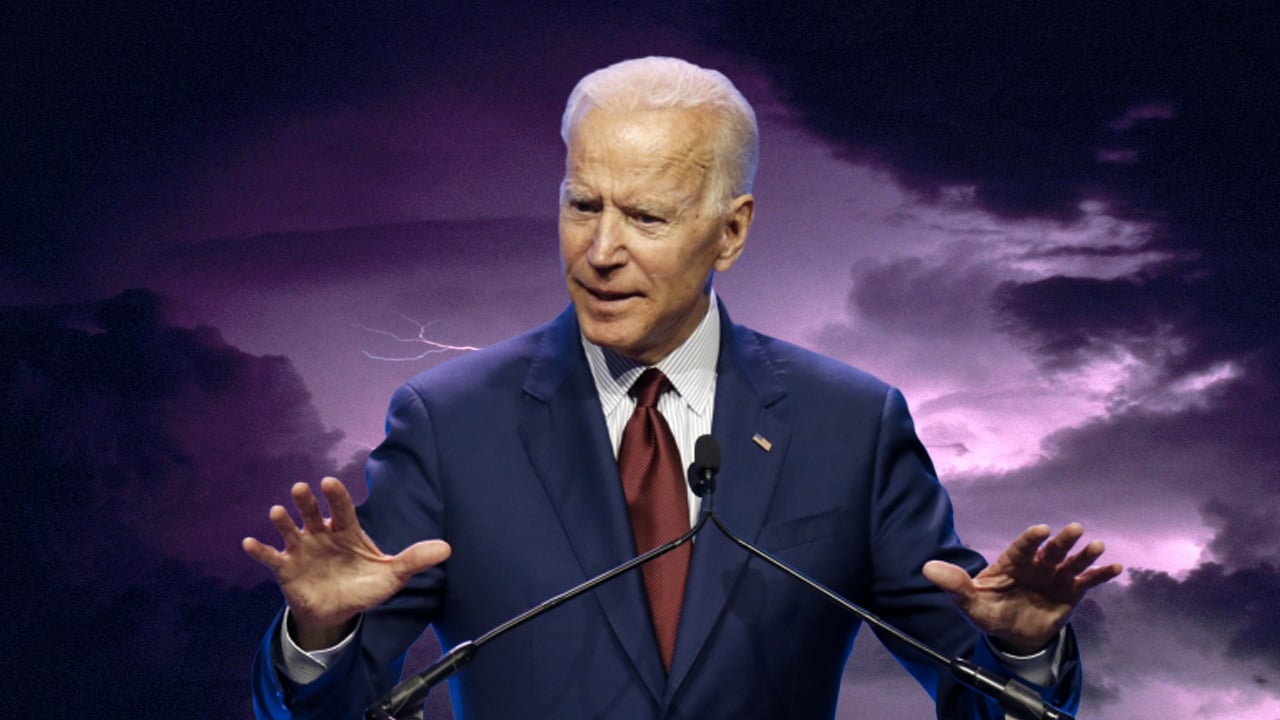 One of the hottest topics in the United States in 2022 is the rising inflation, as the U.S. Labor Department’s data published on Wednesday indicated that the consumer price index (CPI) rose to 7% in December. This represents the largest annual jump since 1982. Federal Reserve governor Lael Brainard is set to tell congressional leaders […]
One of the hottest topics in the United States in 2022 is the rising inflation, as the U.S. Labor Department’s data published on Wednesday indicated that the consumer price index (CPI) rose to 7% in December. This represents the largest annual jump since 1982. Federal Reserve governor Lael Brainard is set to tell congressional leaders […]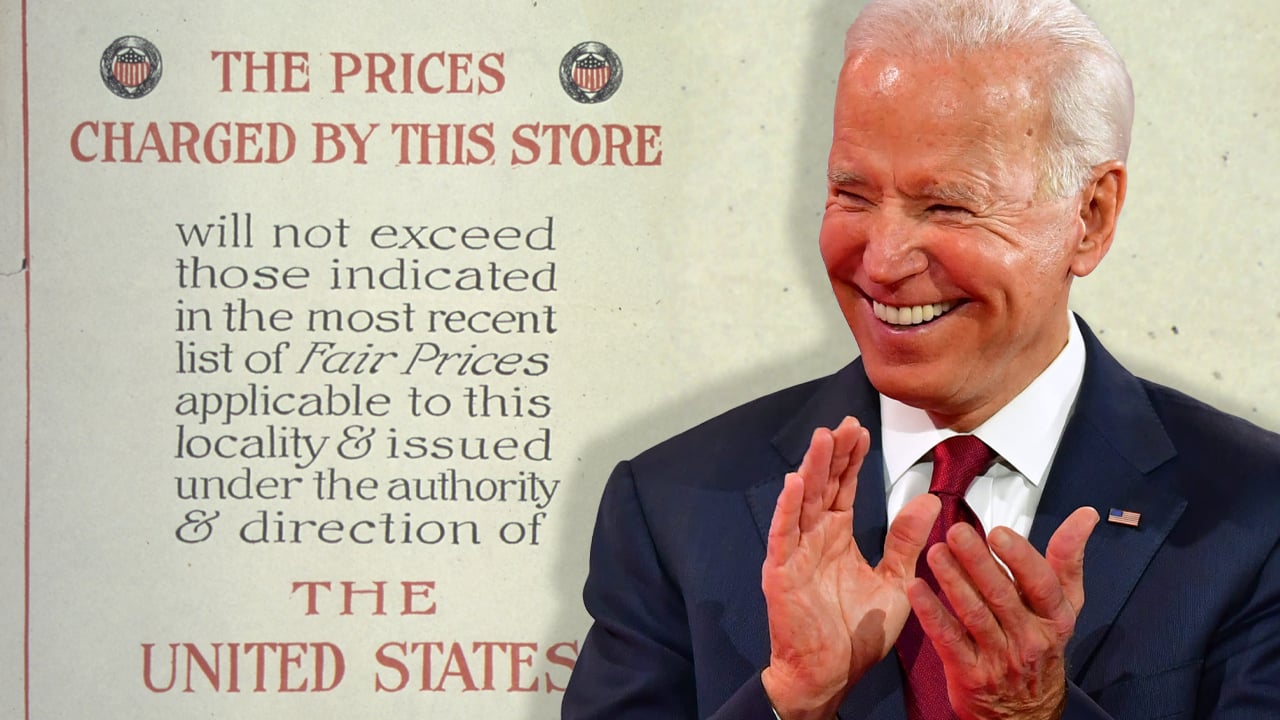 U.S. inflation is red hot and a number of analysts and economists are predicting America will face further economic issues as politicians and the Biden administration blame corporations. This perspective on rising inflation has led finance authors like Isabella Weber to believe that price controls could ease America’s economic burdens. Biden Administration Blames Inflation on […]
U.S. inflation is red hot and a number of analysts and economists are predicting America will face further economic issues as politicians and the Biden administration blame corporations. This perspective on rising inflation has led finance authors like Isabella Weber to believe that price controls could ease America’s economic burdens. Biden Administration Blames Inflation on […]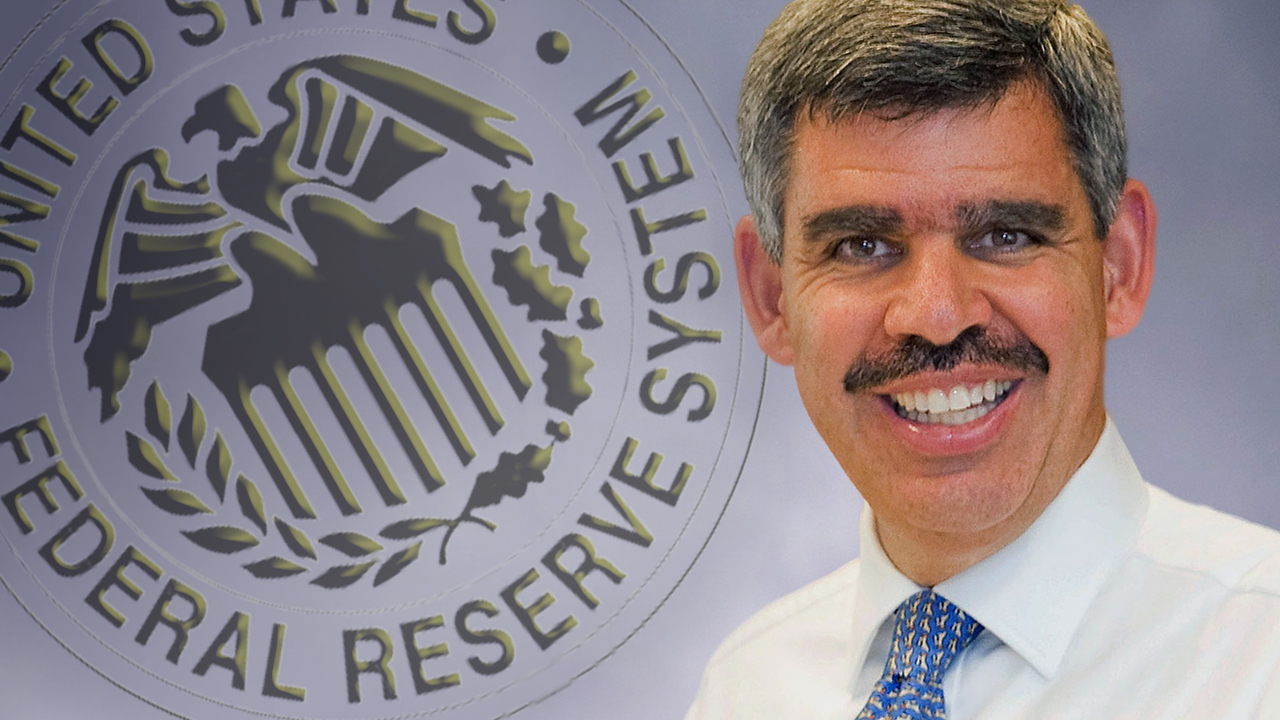 On Monday, December 13, following Friday’s U.S. consumer price index report published by the Bureau of Labor Statistics, Americans are discussing the Federal Reserve. Thousands of tweets concerning the Federal Reserve topic have been trending on Twitter, as inflation has gripped the U.S. economy. Furthermore, Mohamed El-Erian, the chief economic advisor for the German multinational […]
On Monday, December 13, following Friday’s U.S. consumer price index report published by the Bureau of Labor Statistics, Americans are discussing the Federal Reserve. Thousands of tweets concerning the Federal Reserve topic have been trending on Twitter, as inflation has gripped the U.S. economy. Furthermore, Mohamed El-Erian, the chief economic advisor for the German multinational […]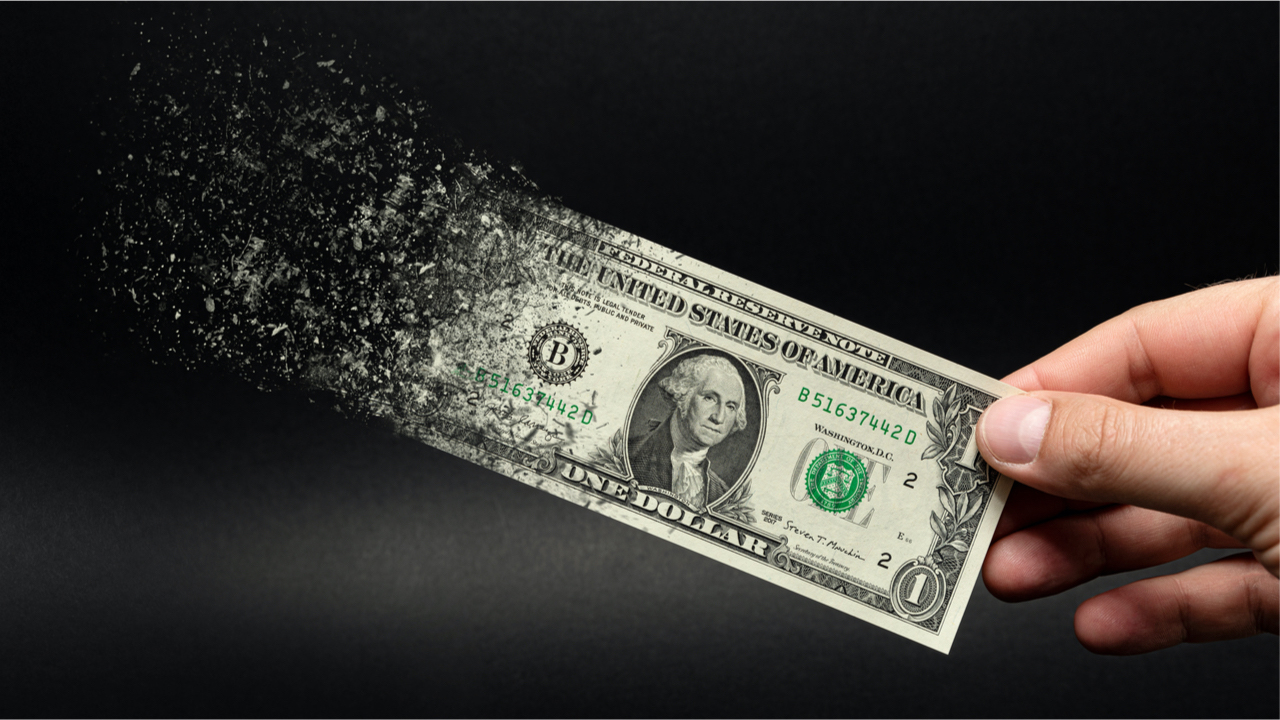 The consumer price index (CPI) data released Friday by the U.S. Bureau of Labor Statistics show prices in the United States climbed 6.8% in November compared to 12 months ago. It’s the largest rise in close to forty years, and U.S. policymakers are backing away fast from saying inflation is transitory. Inflation Accelerates in the […]
The consumer price index (CPI) data released Friday by the U.S. Bureau of Labor Statistics show prices in the United States climbed 6.8% in November compared to 12 months ago. It’s the largest rise in close to forty years, and U.S. policymakers are backing away fast from saying inflation is transitory. Inflation Accelerates in the […]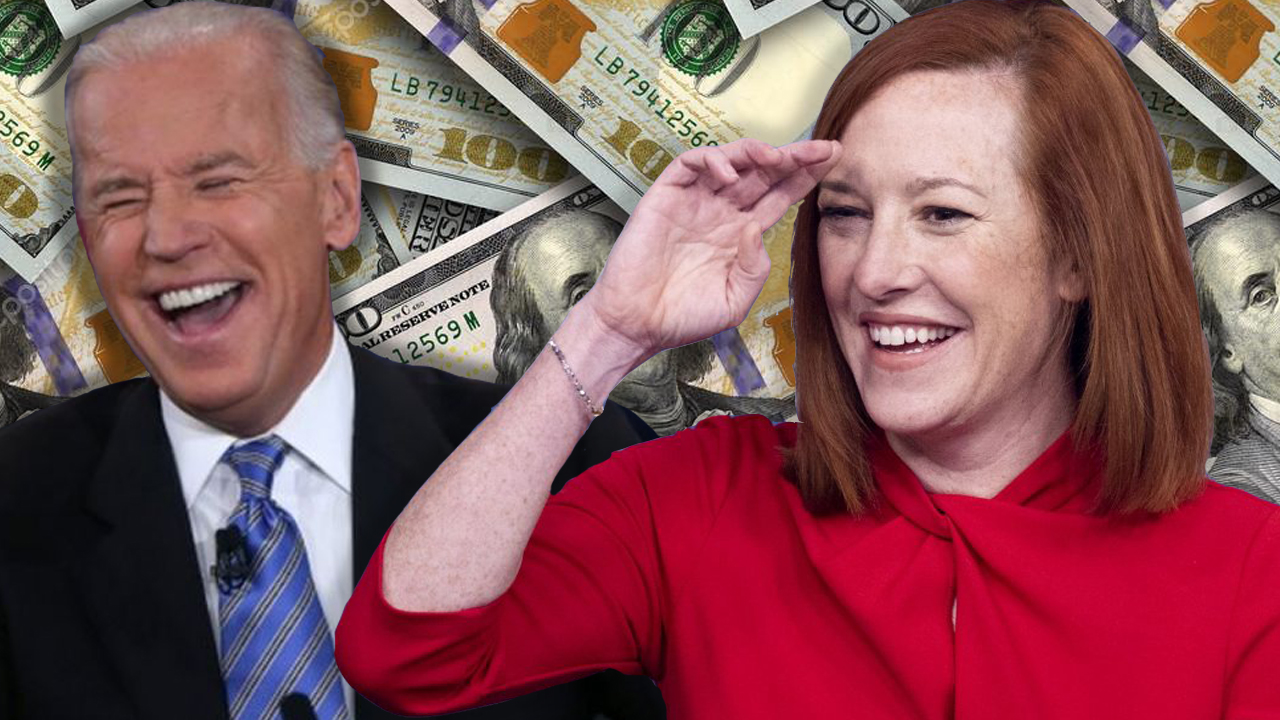 The United States is facing severe inflation despite the Federal Reserve and mainstream media doubling down on saying the loss of purchasing power is just “transitory.” This week consumer and producer metrics from July have been published by the U.S. Bureau of Labor Statistics and inflation is growing stronger. July CPI Stats Show a Jump […]
The United States is facing severe inflation despite the Federal Reserve and mainstream media doubling down on saying the loss of purchasing power is just “transitory.” This week consumer and producer metrics from July have been published by the U.S. Bureau of Labor Statistics and inflation is growing stronger. July CPI Stats Show a Jump […]
A strengthening dollar could be negative for pretty much every risk asset on board, including Bitcoin, whose value boomed against the dwindling greenback after March 2020.
Dollar traders have kept a close eye on a potentially bullish "inverse head-and-shoulders" pattern building in the U.S. dollar index (DXY) chart. Meanwhile, the smell of a stronger greenback is weakening Bitcoin's (BTC) upside case, especially as the flagship cryptocurrency struggles to break out of its current $30,000-35,000 trading range.
In detail, the inverse head-and-shoulders (IH&S) pattern forms after a downtrend. It contains three successive troughs, with the middle trough (head) being the deepest than the other two (shoulders). Ideally, the two shoulders are of equal height and width. All three troughs hang by a price ceiling known as a neckline that serves as resistance.
DXY, which measures the dollar's strength against a basket of top foreign currencies, currently checks all the boxes to prove that it has formed an IH&S pattern.
The index now stares at the prospect of undergoing a bullish breakout upon closing above its neckline resistance. In doing so, it would set up a technical profit target at a distance equal to the price gap between the neckline to the bottom of the head.

The bullish setup expects DXY to rise by almost 5% on a potential neckline breakout move.
Meanwhile, the index's 50-day simple moving average (50-day SMA; the blue wave) also anticipates to cross above its 200-day simple moving average (20-day SMA; the saffron wave) to confirm a Golden Cross. Traders consider golden crosses as bullish indicators.
A weaker dollar environment after March 2020 served as a tailwind for risk assets and global growth, propelled by the U.S. Federal Reserve's quantitative easing policies to cushion the economic aftermath of the coronavirus pandemic. DXY closed 2020 at a 6.83% loss.
But entering 2021, the dollar showed signs of trend reversals as the U.S. economy rebounded strongly amid a speedy coronavirus vaccination program. As markets reopened, demand for the dollar and dollar-based investments rose among global investors.
Brent Johnson, chief executive of Santiago Capital, called the dollar "Giffen Good," a type of asset whose demand increases with its prices. He noted that despite rising inflation caused by Fed's money printing, global investors had increased their dollar debts, adding:
"This continued debt issuance denominated in USD increases future demand for USD (the debt must be repaid in USD), and as noted above, this demand does not abate as price rises."
Kevin Kelly, the chief financial analyst at Delphi Digital, said that net speculative futures positioning on DXY is not as bearish it was at the beginning of 2021. He added that the setup is very similar to DXY's positioning in early 2018 that followed by a roughly 10% price rally in the next 18 months.
A recent run-up in the DXY market came alongside three back-to-back monthly spikes in inflation. Per the latest Labor Department released this Tuesday, the U.S. consumer price index rose to 5.4% year-over-year, the highest 12-month rate since August 2008.
James Freeman, the assistant editor at the Wall Street Journal, blamed the Fed's money printing policies for the ongoing inflationary pressure, noting that the dollars in each wallet have been actively losing their value as a result. Nonetheless, the Fed has assured that inflation was a temporary problem, providing a bullish backstop to the DXY rally.
In his congressional testimony on Wednesday, Fed chairman Jerome Powell admitted that the economic conditions at present do not allow them to taper bank their quantitative easing programs, including a $120bn a month bond-buying program. However, Powell added that the Fed would alert markets in advance if they ever decided to scale back its purchasing.
Combined with lower rates, the Fed's expansionary policies have spurred cheaper lending, thus creating more demand for assets, including homes, tech stocks, gold, and even Bitcoin. But, at the same time, fears that a consistently rising inflation would prompt the central bank to cut rates have also pressured seemingly overvalued assets to lose a portion of their yearlong gains.
For example, Bitcoin, often propagated as a hedge against higher inflation, dropped by more than 50% from its record high of about $65,000. Its plunge largely appeared in the wake of regulatory crackdowns around the world, a Chinese mining exodus, among other factors. But the Federal Open Market Committee's decision mid-June to cut interest rates in 2023 may have also added to its downside momentum.

"If the US dollar reverses trend, it threatens to throw cold water on some of this year’s most popular trades," noted Kelly.
"Commodities, gold, emerging market equities, bitcoin are all vulnerable to a strengthening greenback, though the speed of its move also remains a critical factor."
Nevertheless, some analysts see a rising dollar as no threat to Bitcoin, believing that investors would keep allocating a portion of their portfolio to the emerging global asset.
ARK Invest Founder and CEO Cathie Wood, for example, told CNBC Bitcoin could end up on a more solid footing after overcoming worries related to the recent China crypto mining ban and its alarming carbon footprints, an issue raised by Tesla CEO Elon Musk in May.
An Intertrust survey of hedge fund chief financial officers worldwide also found that they would increase their crypto exposure significantly by 2026. 17% of respondents expected to allocate more than 10% in Bitcoin and similar digital assets.
The views and opinions expressed here are solely those of the author and do not necessarily reflect the views of Cointelegraph.com. Every investment and trading move involves risk, you should conduct your own research when making a decision.

The Federal Reserve chairman sidelined inflation concerns, which appears to have coincided with a relief bounce for Ethereum.
Ethereum's native token Ether (ETH) reclaimed $2,000 in the early New York trading hours Wednesday as crypto traders assessed the Federal Reserve Chairman Jerome Powell's prepared congressional testimony.
The ETH/USD exchange rate surged 7.19% to reach its intraday high of $2,019.90. Likewise, Bitcoin (BTC), whose 7-day positive correlation with Ether stands at 0.84 above zero, climbed, albeit by a modest 0.75%, hitting $32,379.

Powell gave his semi-annual monetary policy report to Congress on Wednesday, a day after the U.S. consumer price index report showed an increase of 0.9% between May and June, reaching 5.4% for the first time in three decades.
In prepared remarks ahead of his congressional testimony, Powell noted that inflation in the coming months would remain elevated. Nevertheless, the central bank chief added that rising consumer prices wouldn't deter them away from their ongoing bond-buying policy.
Powell said that the threshold of limiting its $120 billion monthly debt purchases—that have cushioned the U.S. economy throughout the coronavirus pandemic—is "still a way off." In saying so, he cited the U.S. labor markets, stating that its full recovery "still has a long way to go."
The statements appeared after a Bank of America survey of the global fund managers, who thought the global economy would keep on improving, dropped dramatically from 91% in March to 47% in July. The same poll named long Bitcoin—bet on rising BTC/USD rates—one of the most crowded trades alongside long ESG and long commodities.

But both Bitcoin and Ether dropped after Tuesday's CPI report and ahead of Powell's testimony release, thus drawing flak from critics for not behaving like a haven in the face of higher consumer prices. Part of the reasons were fears that the Fed would signal tapering its bond purchases sometime in 2020 and hike its benchmark lending rates only in January 2023.
Powell's assurance that their plans to taper is still away injected short-term optimism in the cryptocurrency market, benefiting Bitcoin and Ether alike.
Just saw the news. Inflation! Are any of us surprised? Government prints more dollars, so the other ones are worth less. Happy to be a #bitcoin hodler. The best inflation hedge.
— Tim Draper (@TimDraper) July 14, 2021
Ether's latest upside also appeared in the wake of a technical support level having a recent history of limiting ETH/USD's bearish bias.

The said price floor serves as a rising trendline in a symmetrical triangle pattern. Ether has been fluctuating inside the said structure since mid-June, as shown in the chart above, which raises its probability to retest the triangle's resistance trendline (above the $2,300 level) in the coming sessions.
Nevertheless, Symmetric Triangles are continuation patterns that typically send the prices in the direction of their previous trend. Since Ether's current triangle formation appears in a downtrend, the path of ETH/USD's least resistance is to the downside.

Therefore, Ether continues to face bearish risks on technical patterns. Nevertheless, the cryptocurrency has performed better than expectations despite a brutal crypto market sell off in the second quarter of 2021.
In its Q2 report released in July, data intelligence firm CoinMetrics noted that Ether finished the financial quarter 13.2% higher versus Bitcoin's -38.88%. It wrote:
"ETH benefited from a renewed surge of retail interest which was partially driven by the rapid rise of NFTs. Although NFT media interest peaked in March, it helped bring unprecedented mainstream attention to Ethereum which led to a flood of new users."
More upside prospects for Ether come from London hardfork. The upgrade would implement four improvement proposals on the Ethereum blockchain. One of the proposals, dubbed as EIP-1559, expects to make ETH a deflationary asset by burning a portion of the fee collected from Ethereum users.
Investment sentiment tracker Santiment appeared a bit cautious, however, warning traders about excessive speculation attached to the London hard fork event. An excerpt from its July 7 newsletter reads:
"One could say that 'This time it's different,' as ETH can be staked now, and with EIP1559 coming up, it'll be a gamechanger, etc. [...] It's all speculative at the moment, and no one will really know how the market will react to the implementation. It could be 'buy the rumor, sell the news.'
The views and opinions expressed here are solely those of the author and do not necessarily reflect the views of Cointelegraph.com. Every investment and trading move involves risk, you should conduct your own research when making a decision.

The latest price declines came after the U.S. inflation rose to a 30-year high in June.
Bitcoin’s (BTC) price continued its downtrend Wednesday ahead of the testimony from United States Federal Reserve Chairman Jerome Powell.
The spot BTC/USD exchange rate fell to its 17-day low of $31,600 following a 3.46% intraday dip. Meanwhile, CME futures tied to the pair plunged 3.41% to $31,515, extending their week-to-date losses to 9.5%.

Bitcoin had powered to $35,000 at the beginning of July, as bulls continued to defend support levels around $30,000 against each downside attempt.
Independent market analyst Will Clemente III noted that entities with a low history of selling kept absorbing Bitcoin at lower levels from speculative traders, adding that the strategy is in the process of effectively removing a good BTC supply out of the market.
“Given no capitulation event, in my humble opinion, it is a matter of ‘when’ the re-accumulation process will be finished rather than ‘if,’” Clemente wrote.
“Once the process completes, the market would experience a supply shock.”
Bitcoin sold off at $35,000 and dropped to near $31,500 during the Wednesday session. One factor that made traders cautious is uncertainty about how the Federal Reserve would respond to the bout of higher inflation — now running upward at its fastest pace in 13 years.
In detail, the U.S. Consumer Price Index (CPI) rose 0.9% in June 2021 from the previous month and by 5.4% compared to June 2020. The higher inflation readings honed focus on Powell’s appearance before the House Financial Services Committee on Tuesday at 9:30 am EST.

The central bank chief expects to clarify his position on the ongoing spike in consumer-related inflation. In his earlier statements, Powell has suggested that the Fed should move cautiously unless it sees a “maximum recovery” in the U.S. labor markets.
Therefore, with support from some like-minded dovish Fed officials, including New York branch head John Williams, Powell might ignore trimming the Fed’s $120-billion monthly asset purchase program in the wake of strong U.S. growth and high inflation.
Meanwhile, Evercore ISI economist Peter Williams forecasted that rising CPI readings would increase tensions among the Federal Open Market Committee’s members.
He noted that some hawkish members might demand tapering to begin as early as September, albeit adding that the Fed, in general, would follow a wait-and-watch approach, thinking inflation is transitory in nature.
As for Bitcoin, the outlook remains mixed, especially after the cryptocurrency failed to respond to inflation alarms in recent months, China’s crackdown on the crypto sector, increasing regulatory scrutiny, the Fed’s rate hike plans for 2023, and Elon Musk’s anti-crypto tweets.
Fortune reported that Bitcoin is marching “on its own drummer,” ignoring the recent spikes in key inflation metrics. That makes the cryptocurrency a doubtful hedge against rising consumer prices.
However, Joel Kruger, a forex strategist at London-based investment firm LMAX, thinks differently. The analyst noted that Bitcoin’s long-term prospects remain skewed to the upside because there’s a “legit fear of rising inflation.”
“Setbacks more about SOME investors looking at Bitcoin as a risk correlated emerging asset,” he tweeted late Tuesday.
“Short-term could see more downside if stocks plunge. But ultimately, Bitcoin should be well supported on the longer-term value proposition.”
Additionally, Greg Waisman, co-founder and chief operating officer of cryptocurrency infrastructure company Mercuryo, offered a more critical outlook.
First, he noted that macro investors do not believe in Bitcoin’s true value even against rising inflation. And second, he projected Ether (ETH) as a better cryptocurrency, given its recent run-up against Bitcoin.

“Bitcoin is the most expensive and renowned cryptocurrency, but it’s not a cryptocurrency of the present,” Waisman explained, adding:
“Ethereum is the true king of cryptocurrencies. Investors will continue to ride the Bitcoin high and dump at their convenience. That said, Bitcoin will once again surpass the $50k mark.”
Currently, lackluster volumes and a two-month-old downside move continue to keep Bitcoin in a bearish state.

Since May 20, the BTC/USD exchange rate has been trending lower inside a falling parallel channel, rebounding off its support trendline and pulling back lower upon testing resistance. At the same time, the $30,000–$32,000 area has been providing a confluence of additional support.
The pair appears to be heading back toward the lower trendline following the latest retest of the Channel’s upper trendline. However, the short target in the current scenario is below $30,000 (toward the Q2 bottom of $28,732).
Conversely, a break north of the Channel’s resistance trendline could have BTC/USD test the 50-day simple moving average (50-day SMA; the blue wave) at $35,363 as the next upside target. The area has witnessed sell-offs in the recent sessions.
The views and opinions expressed here are solely those of the author and do not necessarily reflect the views of Cointelegraph.com. Every investment and trading move involves risk, you should conduct your own research when making a decision.